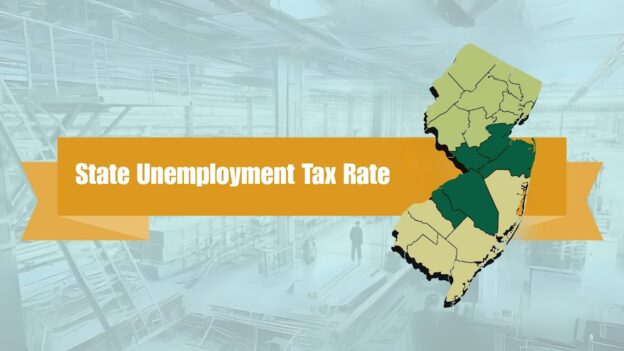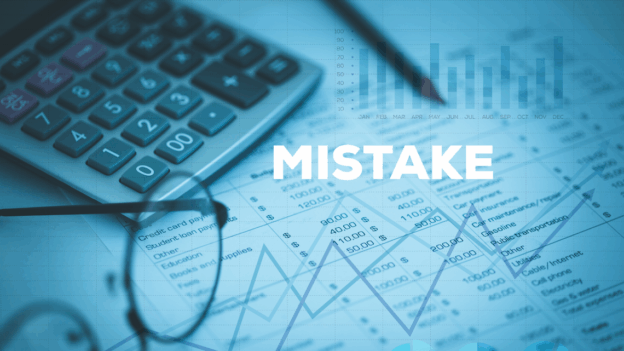Running a business in today’s economic climate isn’t easy. Between managing payroll, retaining talent, and staying compliant with ever-changing regulations, employers already have plenty on their plates. But there’s one area that often flies under the radar: unemployment cost control.
As we move into 2026, unemployment insurance (UI) costs are becoming a growing concern for businesses across the United States. Many employers assume these costs are fixed or out of their control, but the truth is very different. With a strategic approach and the right partner, your company can actively manage unemployment expenses, protect your bottom line, and stay fully compliant with state and federal requirements.
Let’s explore why having a dedicated unemployment cost control strategy isn’t just smart, it’s essential.
1. Unemployment Costs Are Rising Nationwide
Unemployment insurance taxes are based on two factors: your state’s unemployment tax table and your company’s experience rating, which is determined by how many claims have been filed against your account.
As states adjust their benefit programs and wage bases, unemployment taxes can fluctuate dramatically from year to year. For instance, increases in weekly unemployment benefits, such as those recently announced in New York, often result in higher employer tax rates over time.
Without proactive management, even a few unwarranted or misclassified claims can cause your UI tax rate to skyrocket, costing thousands of dollars annually. Having a structured unemployment cost control plan in place helps minimize these unnecessary expenses.
2. Preventing Unwarranted Claims Saves Thousands
Many employers underestimate how much a single unemployment claim can impact their tax rate. If an employee who left voluntarily or was terminated for misconduct receives benefits due to a lack of documentation or late responses, that claim directly affects your company’s experience rating.
With unemployment cost control services, employers can:
- Review and contest invalid claims promptly
- Maintain accurate documentation of terminations and separations
- Stay compliant with state deadlines and appeal procedures
A single successful claim protest can prevent a major tax rate increase, saving your company real money over the long run.
3. Compliance Is Becoming More Complex
Every state has its own rules, forms, and deadlines for handling unemployment claims. Add in federal requirements, and it’s easy to see how errors happen. A missed deadline or an inaccurate response can lead to benefit charges that are difficult or impossible to reverse.
A proper unemployment cost control strategy ensures that all claims are managed consistently, accurately, and on time. It also keeps your business compliant with state-specific unemployment compensation laws, helping you avoid costly penalties and audits.
4. Better Data Means Better Decisions
Modern unemployment cost management services now integrate advanced software and analytics to track claims activity, identify trends, and highlight potential savings opportunities.
These tools help employers:
- Monitor active and pending claims
- Forecast tax rate changes
- Identify problem areas like high-turnover departments or repeat claimants
When combined with expert oversight, these insights empower businesses to make smarter workforce and financial decisions. You can finally see where your unemployment dollars are going, and how to get more control over them.
5. Voluntary Contributions Can Lower Your Tax Rate
One often-overlooked strategy in unemployment cost control is making a voluntary contribution to your state’s unemployment trust fund. By doing so, you can “buy down” your tax rate, often resulting in significant savings that far exceed the initial payment.
However, voluntary contributions are time-sensitive and must be carefully calculated to ensure they deliver a positive return. A cost control partner like Dunn Corporate Resources can help analyze your state notice, determine whether a voluntary payment makes sense, and handle the process before the deadline.
6. Partnering with Experts Saves Time and Stress
Managing unemployment claims internally can quickly become overwhelming, especially for businesses with multiple locations or high employee turnover. That’s where unemployment cost control experts come in.
At Dunn Corporate Resources, we handle every step of the process, from claims auditing and appeals to tax rate analysis and compliance tracking. Our goal is simple: to help businesses reduce unemployment costs without sacrificing productivity or peace of mind.
Employers who partner with experts often experience:
- Fewer claim errors and overpayments
- Lower overall tax rates
- Streamlined communication with state agencies
- Time savings for HR teams
7. 2026 Is the Year to Act
With state unemployment tax changes already taking effect in several regions and benefit increases on the horizon, 2026 is the perfect time for employers to take control of their unemployment costs.
Even if your current rates seem stable, a few unexpected claims or regulation shifts can quickly change that. A proactive unemployment cost control strategy not only protects your budget, but it also helps your business plan confidently for the future.
Take Control Before Costs Control You
Unemployment insurance is a necessary part of doing business, but overpaying for it isn’t. Every employer, regardless of size or industry, can benefit from implementing a thoughtful, data-driven unemployment cost control strategy in 2026.
By partnering with experts like Dunn Corporate Resources, you’ll gain access to tools, knowledge, and proven strategies that help you reduce costs, maintain compliance, and strengthen your financial foundation.
Your business works hard for its success, don’t let preventable unemployment costs chip away at it.
📞 Contact Dunn Corporate Resources today for a free unemployment tax rate analysis and discover how much your business could save this year.
















